Don't hesitate to send a message
Web Menu
Product Search
Exit Menu
A Detailed Comparison Between Plastic Outdoor RV Mats and Conventional Fabric Mats
Introduction to Plastic Outdoor RV Mats and Fabric Alternatives
When selecting a mat for outdoor RV use, many consumers face the choice between a Plastic Outdoor RV Mat and traditional fabric mats. Both types serve the fundamental purpose of providing a comfortable and protective surface outside the RV, but their materials, durability, and maintenance differ substantially. Understanding these differences helps users make an informed decision based on their specific needs and outdoor conditions. While the term Plastic Outdoor RV Mat appears only a couple of times, this article aims to highlight the key advantages and disadvantages of plastic versus fabric mats in outdoor settings.
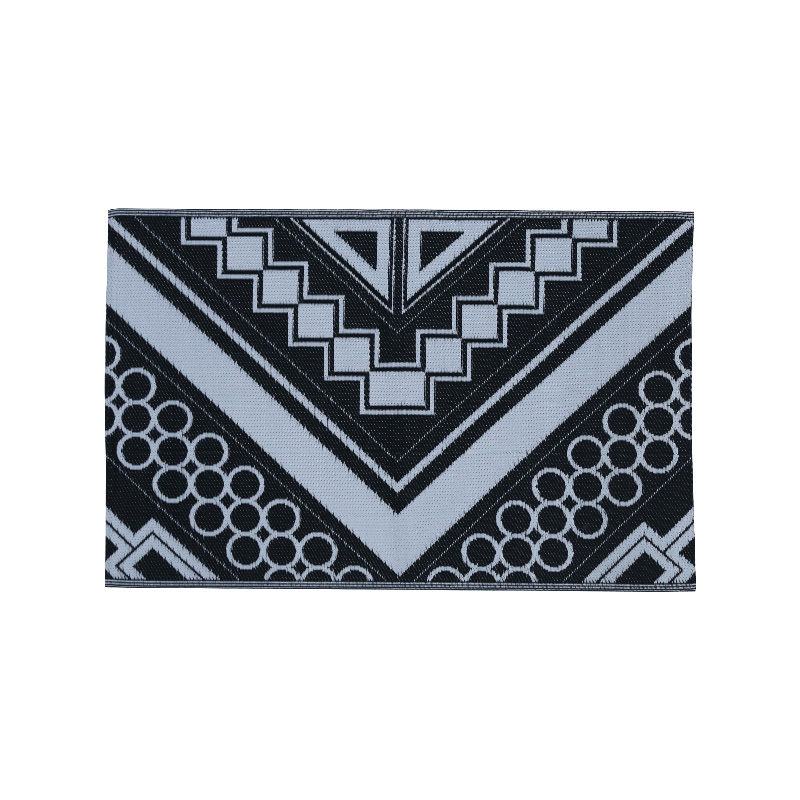
Durability and Weather Resistance
One of the primary advantages of plastic mats is their good durability and resistance to various weather conditions. Plastic materials are inherently waterproof, resistant to mold and mildew, and less prone to fading under prolonged sunlight exposure. This makes them particularly suitable for wet or humid climates where traditional fabric mats can absorb moisture, causing unpleasant odors and faster degradation. Conversely, fabric mats, especially those made from natural fibers, tend to wear down quicker when exposed to the elements and may require frequent cleaning to maintain their appearance.
Comfort and Aesthetic Appeal
Traditional fabric mats generally offer a softer and more comfortable surface to walk or sit on. Their texture provides a cozy and inviting feel, which many users appreciate during leisure activities around their RV. Additionally, fabric mats often come in a wide variety of colors, patterns, and designs, allowing for greater customization and aesthetic appeal. Plastic mats, while practical, typically lack this softness and variety. They can feel hard or cold underfoot, which might detract from the comfort experience for some users.
Maintenance and Cleaning Convenience
Plastic mats excel in terms of maintenance. Their non-porous surfaces allow dirt, mud, and spills to be easily rinsed off with water, making them ideal for outdoor use where dirt accumulation is common. Fabric mats require more cleaning, often needing vacuuming, shaking out debris, or even machine washing, depending on the material. Fabric also retains stains more easily, which can be problematic after exposure to grass, food, or other outdoor substances. For those seeking hassle-free upkeep, the plastic option is often preferred.
Portability and Storage Considerations
Fabric mats are usually lighter and more flexible, making them easier to roll up and store compactly when not in use. They fit well into limited storage spaces within RV compartments. Plastic mats tend to be stiffer and sometimes heavier, depending on their thickness and construction. This rigidity can make folding or rolling more challenging, potentially requiring more storage space. However, some plastic mats are designed with interlocking pieces to improve portability and customization.
Environmental Impact and Sustainability
Fabric mats, especially those made from natural or recycled fibers, are often considered more environmentally friendly compared to their plastic counterparts. Plastic mats, depending on their manufacturing process, may contribute to environmental concerns related to plastic production and disposal. On the other hand, the longevity and reusability of high-quality plastic mats might reduce the frequency of replacement, somewhat mitigating their environmental footprint. Users with sustainability as a priority should weigh these factors carefully.
Matching Mat Choice to User Needs and Environment
Choosing between a Plastic Outdoor RV Mat and a traditional fabric mat depends largely on individual priorities. Plastic mats offer good durability, weather resistance, and ease of cleaning, making them suitable for harsh or wet conditions. Fabric mats provide enhanced comfort and aesthetic flexibility but demand more care and are less suited for damp environments. By assessing outdoor conditions, desired comfort level, maintenance willingness, and storage limitations, RV owners can select the mat type that complements their outdoor lifestyle.
-
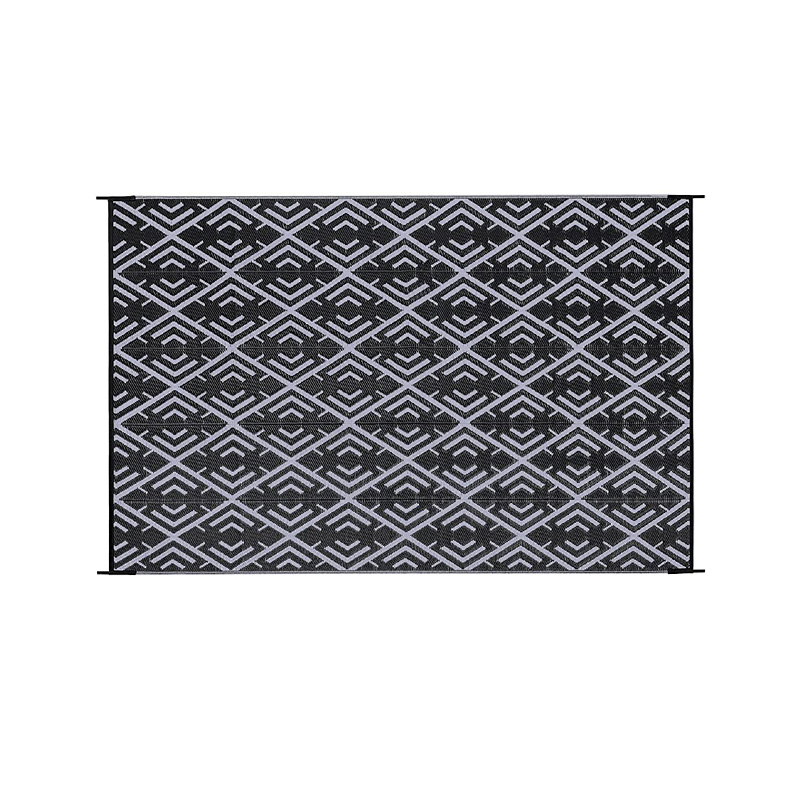
Lightweight Polypropylene Plastic Outdoor RV Mat
Features Weather-resistant polypropylene mat UV-stabilized to prevent fading Mold and mildew-resista...
-
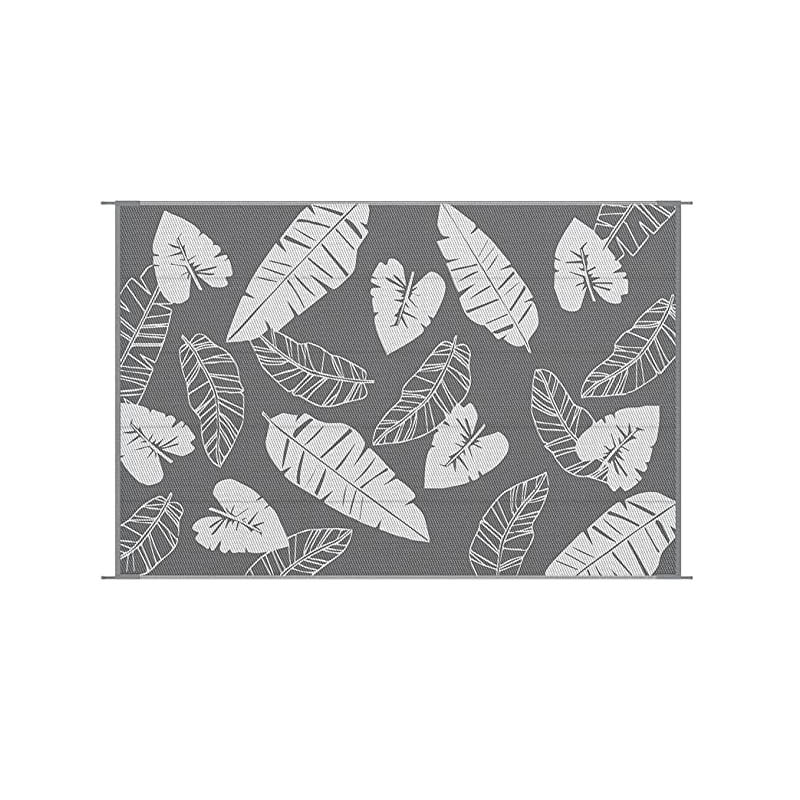
Large Foldable Anti-UV PP Weaving Straw RV Rug
Features Soft And Durable: Made with virgin polypropylene breathable material designed to be safe to...
-
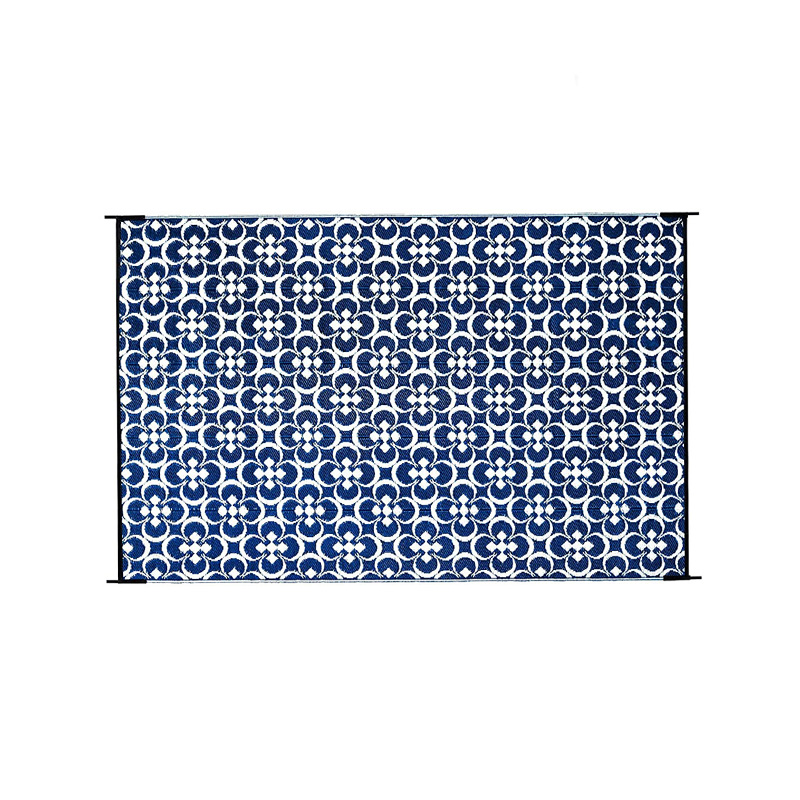
Recycled Moistureproof Plaid Outdoor Mat For RV
Features Heavy-Duty & High Quality & Durability: Our heavy-duty reversible RV mats are made ...
-
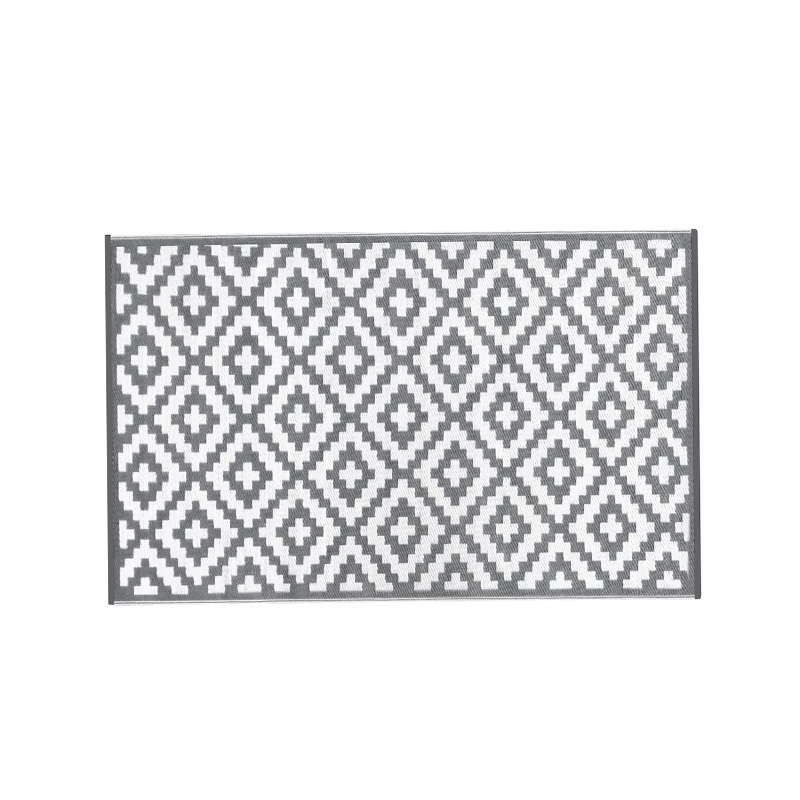
UV Resistant Patio Outdoor Rug
Features Reversible Stain-Resistant Straw Rugs: The outdoor rugs for patio clearance is a reversible...
-
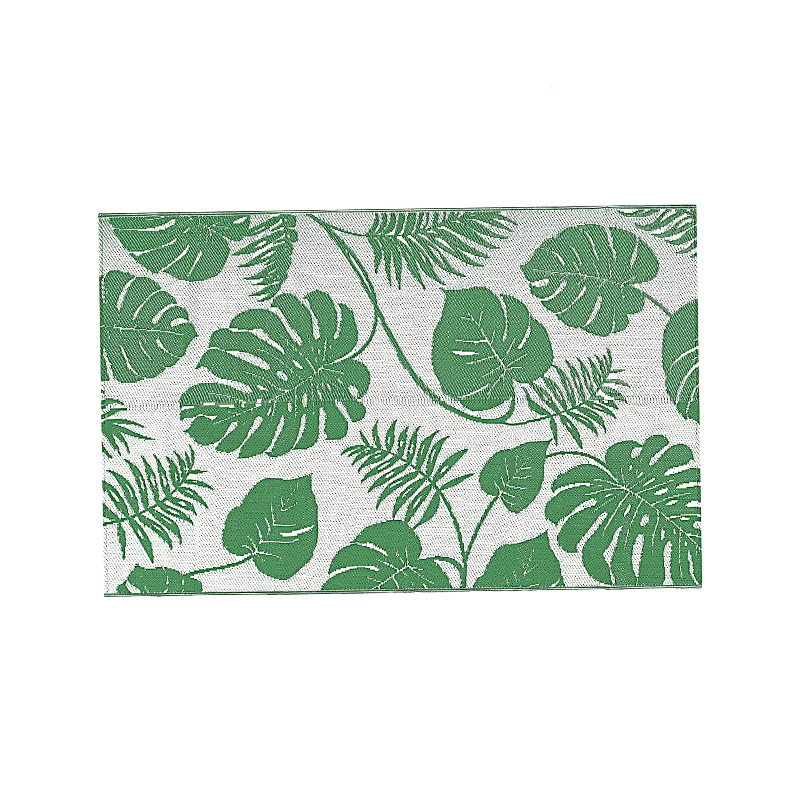
Durable Outdoor Polypropylene Mat For Patio
Features Reversible Outdoor Rug: The outdoor plastic straw rug with timeless medallion design is ele...
-
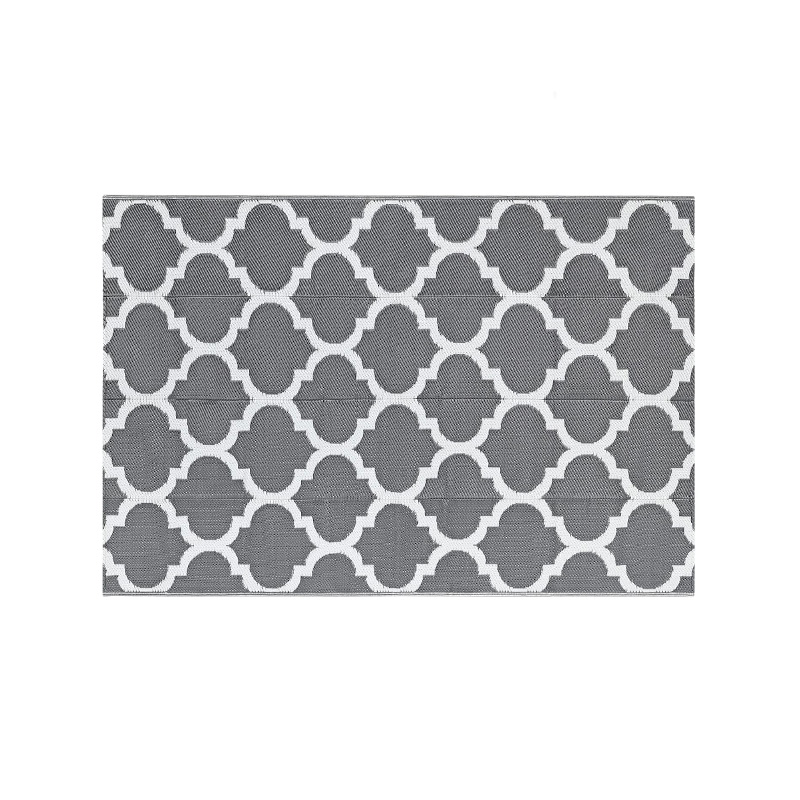
Recycled Plastic Straw Matting For Outside
Features Reversible Outdoor Rugs: It is easy to use on the patio, deck, beach, and backyard. This ou...
-
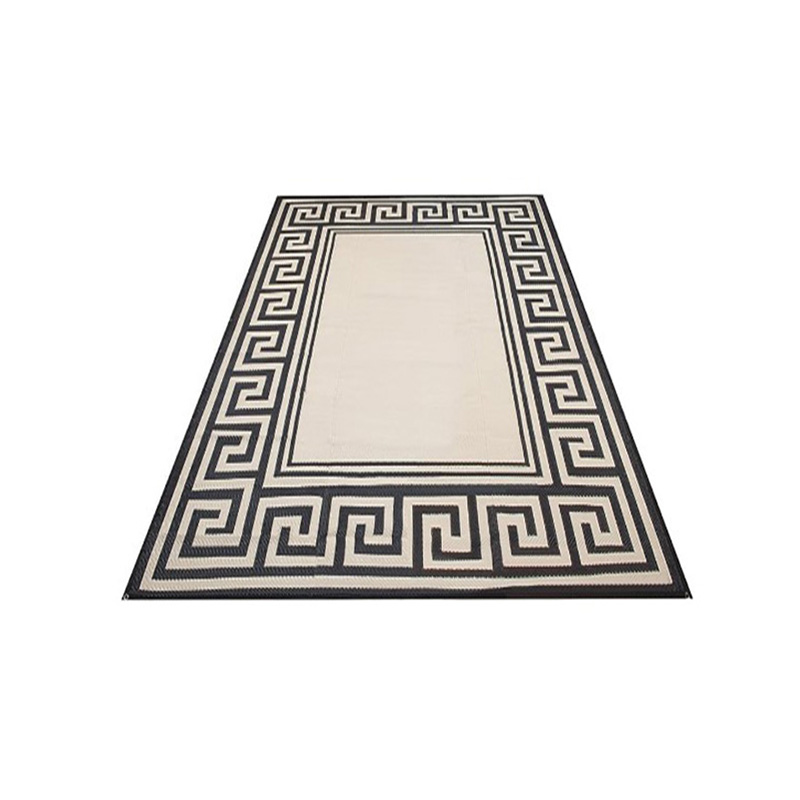
BSCI Audit PP Straw Camping Outdoor Rug
Description Introducing the BSCI Audit PP Straw Camping Outdoor Rug by AIYISI, an outdoor gear manuf...
-
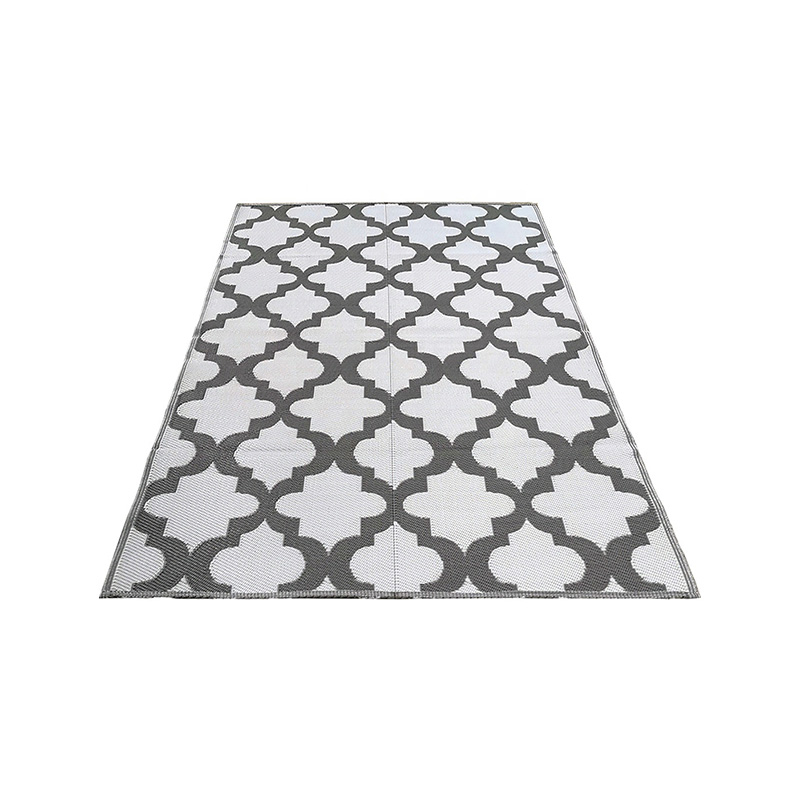
Plastic Matting Cheap PP Woven Recycled Campping Mats
Description At AIYISI, we take pride in offering high-quality outdoor products tailored to meet the ...

- FAX : 86-0576-83352177
- E-mail : [email protected]
- Phone : +86-0576-83207588
- Add: No.10 Yongan Road, Binhai industrial park, Sanmen County, Taizhou City, Zhejiang, China.


 English
English Deutsch
Deutsch

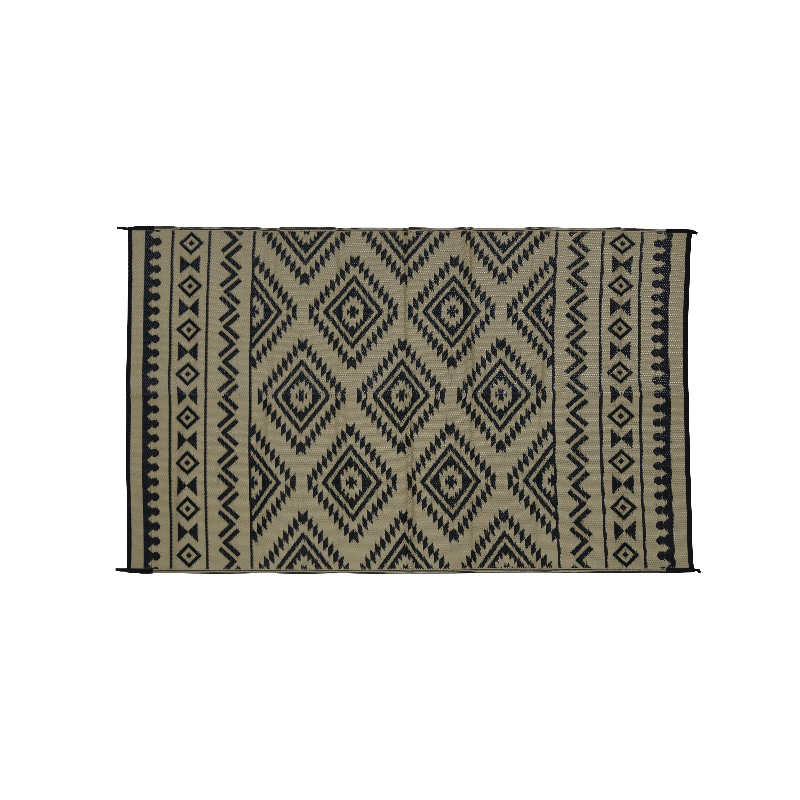

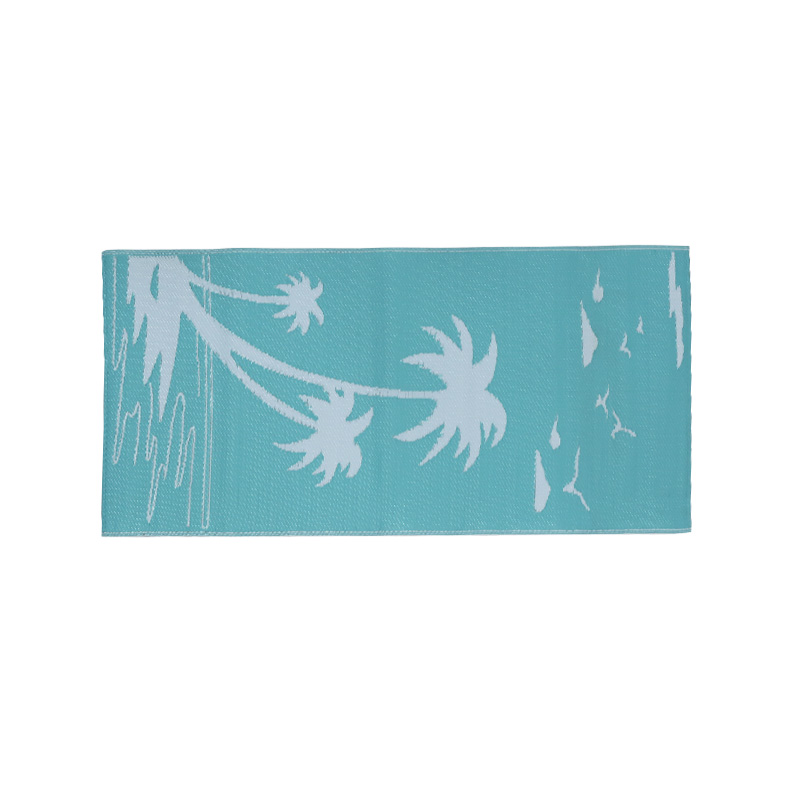
 Facebook
Facebook Youtube
Youtube Twitter
Twitter Instagram
Instagram